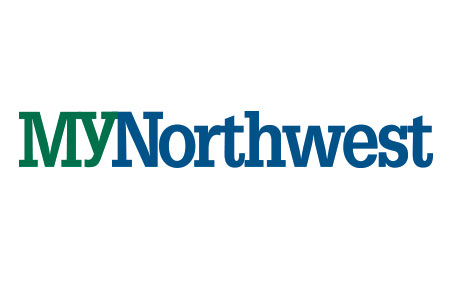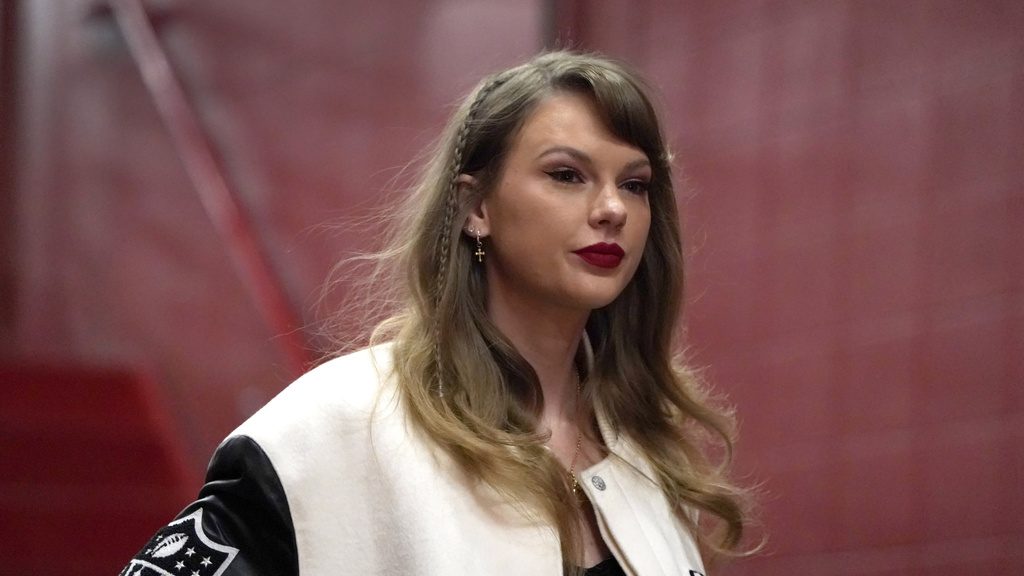By NEIL HARTNELL
Tribune Business Editor
nhartnell@tribunemedia.net
The Bahamas International Securities Exchange (BISX) will launch the first of three new capital markets “layers” in the 2025 first half, its chief executive disclosed yesterday, asserting: “Everybody wins.”
Keith Davies told Tribune Business that the exchange’s plans to broaden and deepen the Bahamian capital markets are “not a fly by night” as he revealed that the long-planned ‘private listings’ tier is “virtually complete” and set for unveiling before mid-year.
This, he affirmed, will be followed by BISX’s “crowd funding 2.0” platform that will both fill the gap created by ArawakX’s departure and enable companies that are “a bit more mature” to raise capital from Bahamian investors via a regulated market where disclosure and other supervisory mandates must be met.
Disclosing that BISX aims to complete the necessary “legwork” and launch its ‘crowd funding’ initiative in the 2025 second half, Mr Davies told this newspaper that development of the third and final element in the exchange’s expansion plan – the launch of a so-called “secondary market” – will take more time because its design requires input from the Government and other capital markets stakeholders.
He explained that BISX, with private sector partners, is working on a strategy to “justify” the Government providing incentives to companies as a way to encourage them to use the planned secondary market as a mechanism for raising capital from local investors. This “layer” would sit above both the private listings and crowd funding tiers, but below BISX’s existing primary main board listed stocks.
Mr Davies said the strategy to broaden and deepen the capital markets, through the addition of these three new categories below those companies that have undergone initial public offerings (IPOs), will provide corporate Bahamians with more options and flexibility when it comes to raising finance for their ventures via a structured, regulated market.
It will also create a pathway where companies can graduate, and move, from one layer to the next to where, ultimately, they are ready to become public companies via IPOs. And, from the investor perspective, Mr Davies said it will offer more options for Bahamians to generate greater returns, as well as increasing their long-term savings, in an environment where issuing companies will have to disclose their performance.
Pledging that there will be “no grey areas” or “blurred lines” due to the exchange’s oversight, the BISX chief said the drive to take the Bahamian capital markets to a higher level will generate the certainty required to unlock investor capital and propel companies and the wider economy towards faster growth.
“We’re focusing on three major initiatives for this year, one of which is virtually complete, which is the private listings,” Mr Davies told Tribune Business. “The second, which I call BISX ‘crowd funding 2.0’, is underway. Whereas before I said we were planning and thinking about it, we’ve done all of that and are putting in place the foundations for the market.
“It’s going to be virtual in the sense it’s all online. We’re putting the components together and working with our developer to make that a reality. That’s underway and we’ve got a jump start on that initiative. The third one will be a little longer. That’s our secondary market initiative.
“It’s going to require working with market participants, stakeholders in the capital markets, and the Government… We’re going to be creating four tiers to the market. There’s going to be the private listings market, which will be the first layer, and that will be somewhat of an incubator for companies to become prepared to disclose and be part of crowd funding,” he added.
“We’ll have the crowd funding layer, typically for those companies that are a bit more mature and are still looking to expand and raise capital, and then there will be the secondary market which is meant for those companies that need a bit more capital, have more maturity still and are able and willing to make more disclosures.”
Revealing that the private listings tier will launch during “this half of the year”, Mr Davies said it will be targeted at emerging companies who aspire to go public in the long-term. Explaining that these entities will not be offering shares to the public, or soliciting investments by outside investors, he added that any trading (buying and selling of shares) will be limited to existing owners and private individuals who may buy in.
“These are existing private companies that are seeking to potentially establish themselves as entities that may go public in the future,” Mr Davies explained. “It’s open to all private companies. There will be certain thresholds to meet. These companies will be working within themselves. Each company will be its own market. They’ll not be open to the public.
“It will be a closed unit where they fall under our rules. There’s limited disclosure and trading, but there’s transparency among themselves and anyone entering into this market. These are companies which want to understand what it what it takes to be public. Persons entering the market to participate will only do so within a specific company.”
Mr Davies said corporate participants in the private listings tier will follow the Securities Commission’s public company rules as each entity will have no more than 50 shareholders, not be offering shares to the public, and their shares will not be “freely transferable” but only able to be sold and bought by existing shareholders.
BISX’s planned ‘crowd funding’ tier, meanwhile, will seek to marry investors with small and medium-sized enterprises seeking to expand. Persons will be able to acquire, and trade, shares in these companies although the sums invested will likely be less than in full IPOs. Offerings will also be less costly in this tier.
“These companies will be regulated and held to a standard of disclosure,” Mr Davies told this newspaper. “They will be regulated by the exchange. These might be ‘Mom and Pop’ businesses that require $150,000, but they would have to do some work and do a bit of disclosure, get a taste of what it means to report [to investors].
“These people don’t have back offices to manage these disclosure requirements; this is totally new to them, but if you ask people for money you have to provide a certain level of disclosure so that people understand what you are doing. Crowd funding will be towards the end of this year. I don’t expect that market to start this year but expect us to have done a good deal of the leg work to start the market.”
As for BISX’s third and final “layer”, namely the planned secondary market, Mr Davies said: “We’re looking to do things a little differently and incentivise companies to come to the capital markets to encourage and facilitate savings through investment by Bahamian investors. These companies that seek to use that facility will gain incentives through exemptions and discounts.
“They’ll have to be part of the market for a certain period of time. It’s going to be a way to raise capital above crowd funding but better, yet it’s also realising that they need time and space to mature to that [IPO] stage. The rigours of a full-blown listing may be too onerous so we will give them a break, but all the while monitoring and requiring them to participate at a level of disclosure that makes the Securities Commission, investors and BISX comfortable.
“The secondary market will take more time. We have to present what we are thinking in terms of incentives and exemptions. We have to convince the Government it makes sense, which is totally appropriate; you must justify that which you do. We’re working on that to provide justification for the creation and development of the market.”
As for BISX’s wider strategy, Mr Davies said: “We’re going to encourage participation through all levels of investments. We’re going to provide that through online and digital platforms that make it easy for persons to access. We’re going to create various stages of the market. People can move between stages and companies. They will be able to understand the different levels and pick and choose where they want to fall.
“These are options that did not exist before. The benefit of having markets is the benefit of organisation. There are rules you have to follow. Everyone understands the climate, everyone understands the benefits, everyone understands the penalties and, with that level of certainty, you attract investment. We all win.
“This is not a fly by night. There are very bright lines. There’s no grey areas; everyone understands what you are working towards. There’s no blurred lines. The businesses are going to succeed or fail on their own merits. What we’re going to do is make sure everyone understands what the merits are. Therein lies the difference between a regulated market and something else.”


